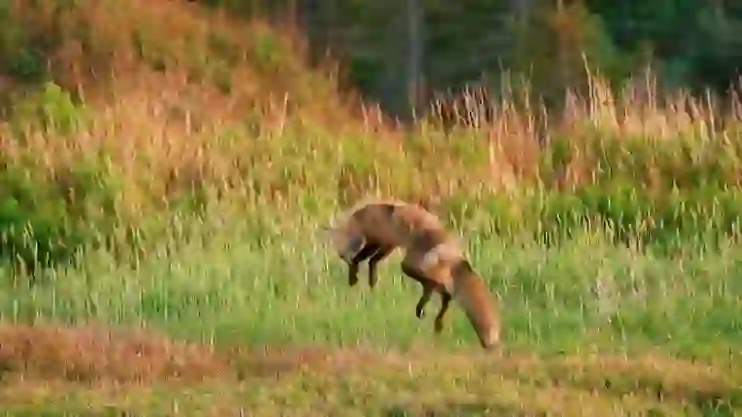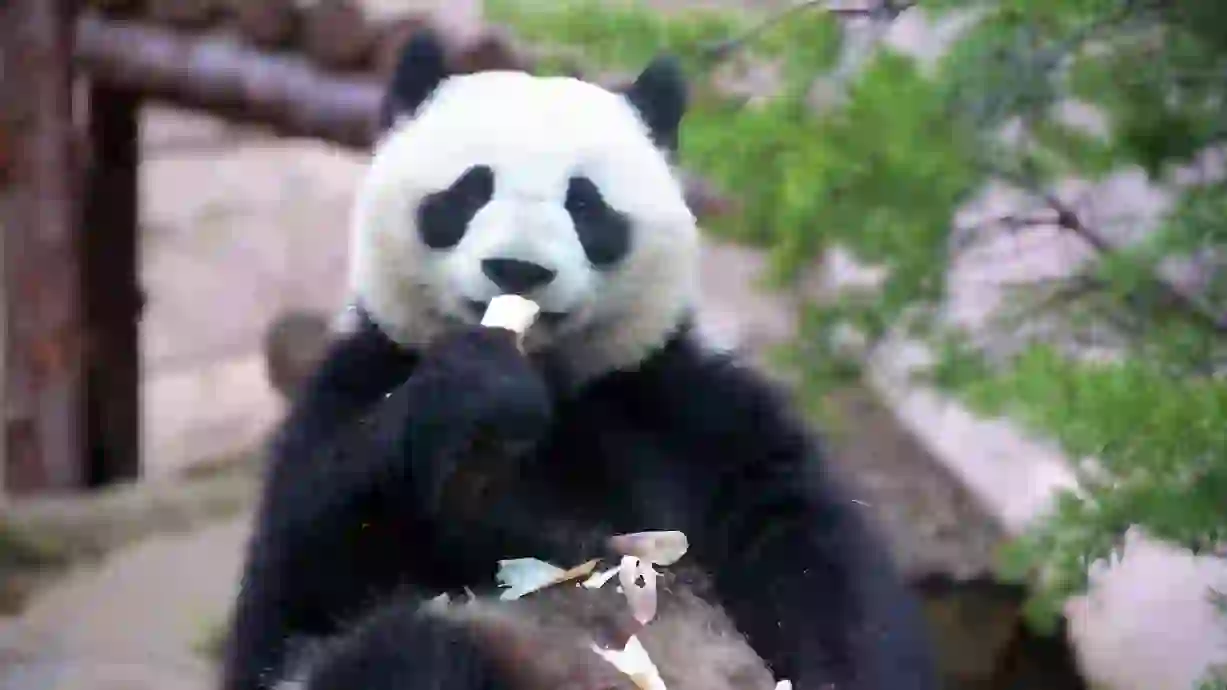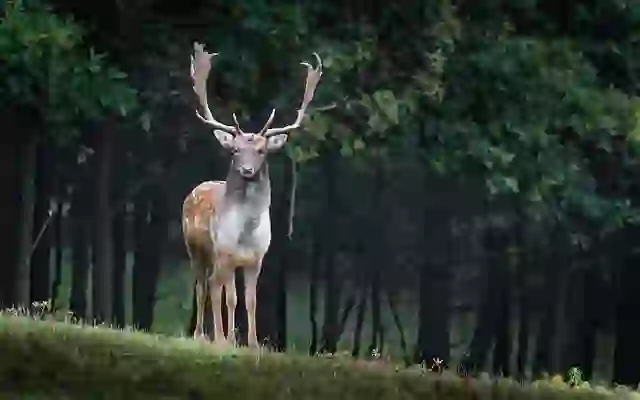
Chapman's Zebra
Chapman's Zebra
Chapman's Zebra
Across the vast savannas of southern Africa, Chapman's zebra roams with its striking black and white stripes. They are distinguished from other zebras by their distinct stripe patterns, often extending all the way down to their hooves. Let's delve into the secrets of Chapman's zebra and the story of their life in the herd.
Chapman's Zebra Basic Infomation
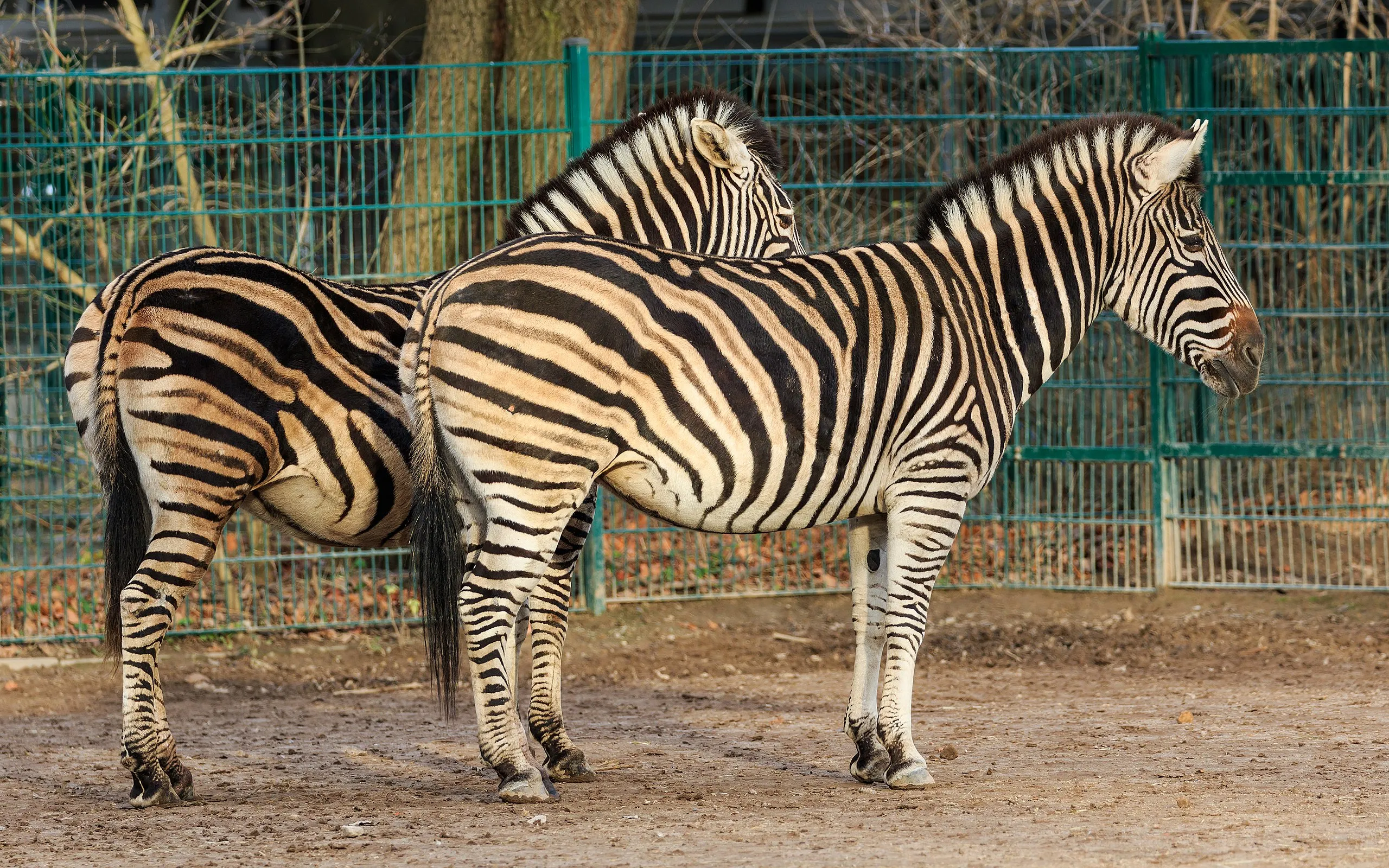
| Property | Value |
|---|---|
| Scientific Name | Equus quagga chapmani |
| Taxonomic Status | ACCEPTED |
| Rank | SUBSPECIES |
| Kingdom | Animalia |
| Phylum | Chordata |
| Class | Mammalia |
| Order | Perissodactyla |
| Family | Equidae |
| Genus | Equus |
| Conservation Status | Least Concern |
| Species | Equus quagga |

Size
Adults stand about 4.3 to 4.6 feet (1.3 to 1.4 meters) tall at the shoulder and weigh around 660 to 770 pounds (300 to 350 kilograms). Males are slightly larger than females.
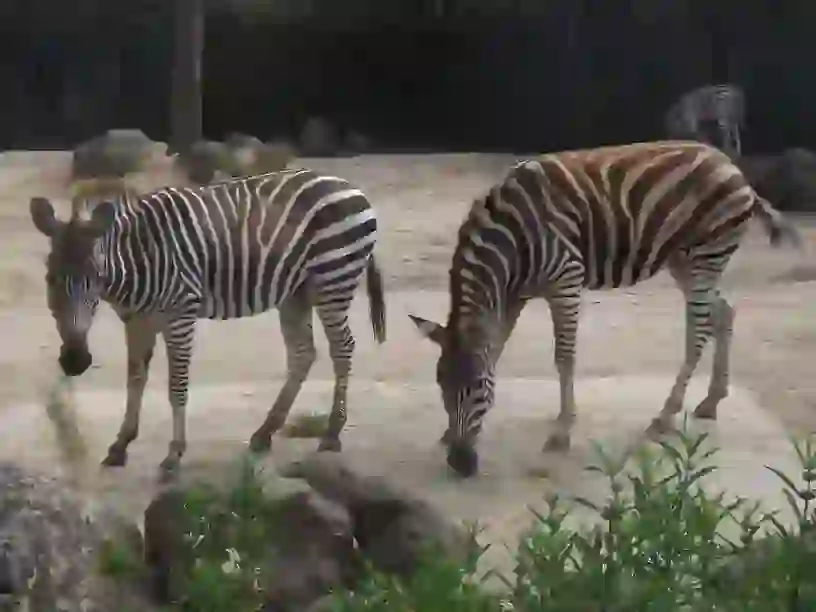
Lifespan
They live for about 20 to 25 years in the wild.

Distribution
They are widely distributed in southern Africa and are found in Botswana, Namibia, Zimbabwe, South Africa, and Mozambique.
Chapman's Zebra Q&A

What kind of zebra is Chapman's zebra?
Chapman's zebra is a subspecies of the plains zebra, widely distributed in southern Africa.
They are distinguished by their bold stripes, which often extend all the way down to their hooves. Their stripes have a strong contrast of black and white, or brownish black, giving them a more vivid appearance. They have a relatively gentle nature and live in herds, roaming the vast grasslands and grazing on grass. Chapman's zebra is more drought-tolerant than other zebra species, able to survive in areas with less water. This is because their kidneys have evolved to efficiently reabsorb water.

What is the origin of the name 'Chapman's zebra'?
Chapman's zebra is named after James Chapman, a South African naturalist who first reported the existence of this subspecies in 1853.

What do Chapman's zebras eat?
Chapman's zebras are herbivores and primarily feed on grass.
They can eat up to 22 pounds (10 kg) of grass a day! They are most active in the mornings and evenings, searching for grasslands with abundant grass. They also need to drink water and may travel long distances to find water sources during the dry season.

[Quiz!] What are the functions of the stripes on a Chapman's zebra?
There are several theories about the functions of zebra stripes.
・Camouflage: Zebra stripes help them blend in with the savanna landscape, making it harder for predators to spot them.
・Thermoregulation: The black and white stripes may help them regulate their body temperature by reflecting and absorbing sunlight.
・Individual identification: Each zebra has a unique stripe pattern, like a human fingerprint. This allows zebras to recognize each other by their stripes.
・Insect repellent: Some research suggests that zebra stripes may help repel biting insects.
Stripes are very important to zebras!

[Quiz!] How do Chapman's zebras communicate with each other?
Chapman's zebras communicate with each other using a variety of vocalizations, facial expressions, and body language.
They make a horse-like sound called a 'whinny'. They also express various emotions by moving their ears, snorting, moving their lips, and swishing their tails. Furthermore, they show affection by rubbing their bodies together and play-fighting.

[Quiz!] Are Chapman's zebras endangered?
Chapman's zebras are listed as 'Least Concern' on the IUCN (International Union for Conservation of Nature) Red List.
This means they are not currently considered to be at risk of extinction. However, their numbers are declining in some areas due to habitat destruction and poaching. To protect Chapman's zebras, it is essential to conserve their habitat and prevent poaching. If you have the opportunity to see Chapman's zebras at a zoo, take the time to learn more about them.

Would you like to become a part of the 'Animalbook.jp'?
Turn your knowledge into Q&A and share it with the world. ※Publication will be activated after purchase. Let's share information together!
Chapman's Zebra Type of List

Characteristics of Chapman's Zebras
- Subspecies of plains zebra
- Widely distributed in southern Africa
- Stripes extend all the way down to their hooves
- Bold stripe contrast
- Drought-tolerant
- Live in herds
- Strong social bonds
- Herbivorous
Information
Congratulations! You are the first commenter!

Create Your Favorite List!
Chapman's Zebra
Save the animals you love! Build your own list to quickly revisit your favorites later.

Would you like to leave a comment?
※Please note: This is for the purchase of rights to post comments within the article.
Find Your Favorites!
Our shop offers a unique and attractive selection of goods themed around various animals.
Chapman's Zebra References
Chapman's Zebra Introduction of media used

A.Savin, FAL, via Wikimedia Commons

SuperJew, CC BY-SA 4.0, via Wikimedia Commons

Help Enrich Our Animalbook.jp with Your Media!
We are constantly looking to expand and enrich our Animalbook.jp with amazing photos and videos of animals. If you have any media that you'd like to share, please contribute and help us showcase the beauty and diversity of the animal kingdom. Your submissions will be credited and featured in our encyclopedia, reaching a wide audience of animal lovers.



